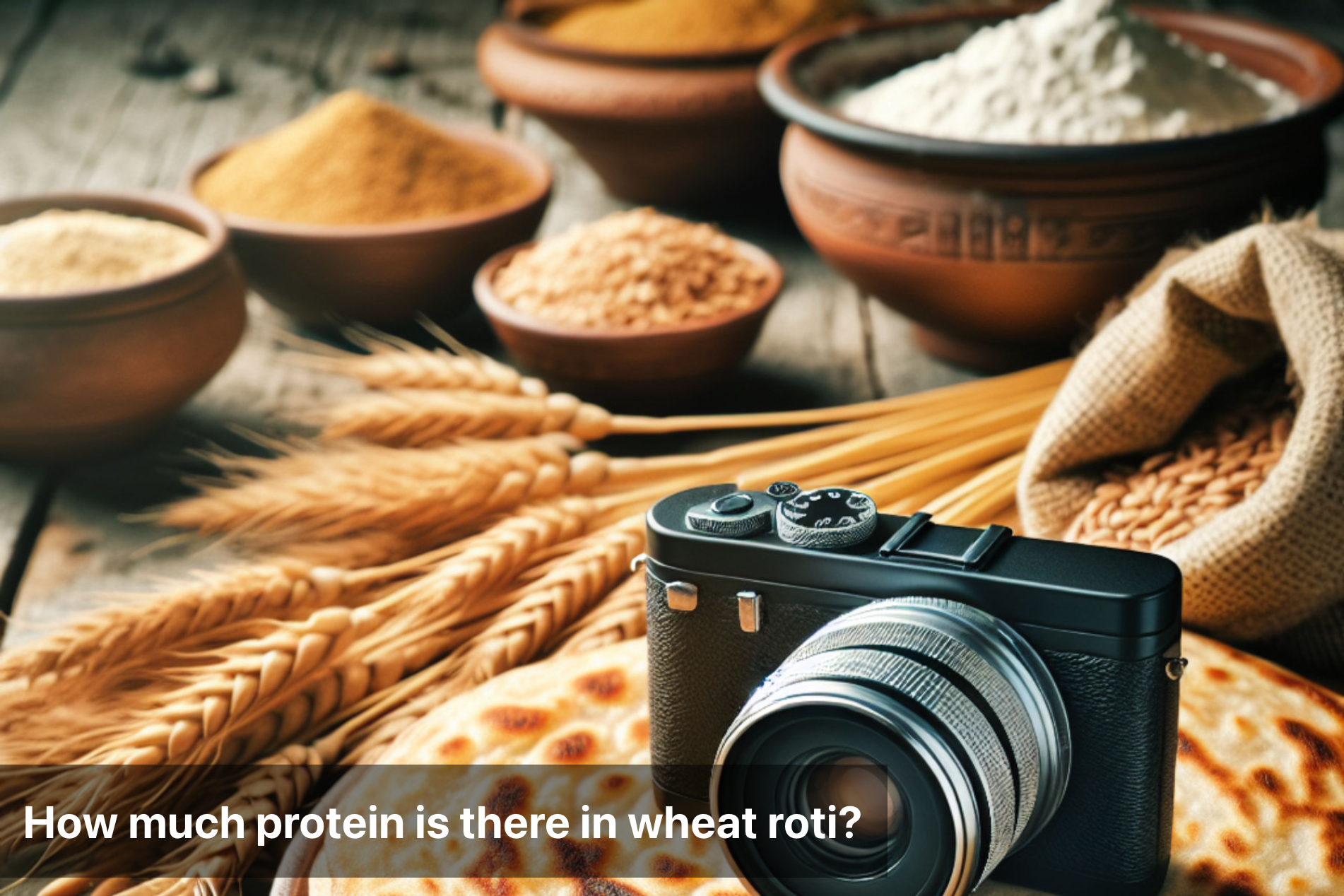
How much protein is there in wheat roti?
When we consider how much protein is in wheat roti, it becomes evident that this simple yet versatile food item contains a moderate amount of protein, contributing to one's daily protein intake. Incorporating wheat roti into meals can be a practical way to ensure a balanced diet that includes an adequate protein supply.
Protein in one wheat roti plays a crucial role in supporting various bodily functions, including muscle development, repair, and overall growth. Understanding the protein content in wheat roti can help individuals make informed dietary choices and optimize their nutritional intake.
By delving into the realm of protein content in wheat roti, we can explore the diverse ways this traditional food item can promote health and well-being. Embracing the nutritional benefits of wheat roti can pave the way for a more balanced and wholesome diet that nourishes both the body and mind.

Nutritional Content of Wheat Roti
100 grams of roti contains:
Carbohydrates |
46.13 grams |
Protein |
7.85 grams |
Fats |
9.2 grams |
Iron |
2.2 mg |
Magnesium |
56 mg |
Sodium |
298 mg |
Potassium |
196 mg |
Calcium |
36 mg |
Vitamin B6 |
0.28 mg |
Tips to Increase Protein Content in Wheat Roti
When it comes to enhancing the protein content in wheat roti, there are various simple yet effective methods to consider. Incorporating these tips can not only elevate the nutritional value of your meal but also contribute to a more balanced diet overall.
Opt for Whole Wheat Flour: Using whole wheat flour instead of the refined version can significantly boost the protein content of your roti. Whole wheat flour contains more protein and fiber, making it a healthier choice.
Add Legumes: Mixing legume-based flours like lentil or chickpea flour with wheat flour can increase the protein content of the roti. Legumes are rich plant-based sources of protein and can add a delicious flavor to your roti.
Include Seeds: Sprinkling seeds such as flaxseeds, chia seeds, or sunflower seeds into the dough can add extra protein, along with essential fatty acids and nutrients. These seeds also provide a delightful crunch to your roti.
Serve with Protein-Rich Sides: Accompanying your wheat roti with protein-rich side dishes like lentil curry, tofu stir-fry, or yogurt can further enhance the protein intake of your meal.
-
Experiment with Nutritional Yeast: Adding nutritional yeast to the dough not only increases the protein content but also lends a cheesy flavor to the roti, making it a versatile and tasty choice.
By implementing these simple tips, you can elevate the protein content of your wheat roti and enjoy a more nutritious and satisfying meal.

Protein in Wheat Roti: A Nutrient Breakdown
The protein content in wheat roti proves to be a significant component in maintaining a balanced and nutritious diet. By exploring the nutritional breakdown of wheat roti, we have uncovered the essential role it plays in providing protein, carbohydrates, fats, and other vital nutrients.
Understanding "how much protein is in wheat roti" has shed light on the fact that a single serving of wheat roti can contribute a considerable amount of protein to our daily intake. This is especially beneficial for individuals seeking plant-based protein sources and looking to diversify their diet.
It is evident that incorporating wheat roti into our meals not only offers a substantial amount of protein but also complements a well-rounded diet. By incorporating protein-rich side dishes or enhancing the roti with additional ingredients, we can further boost its protein content.
In essence, recognizing the nutritional value of wheat roti and its protein content underscores the importance of including this staple food in our daily meals. Embracing wheat roti as part of a balanced diet ensures that we are not only satisfying our hunger but also nourishing our bodies with essential nutrients, making it a wholesome and beneficial addition to our culinary repertoire.
FAQs
-
What is the protein content in wheat roti?
The protein content in wheat roti varies, but on average, a wheat roti contains about 2-3 grams of protein.
-
Is wheat roti a good source of protein?
While wheat roti does contain some protein, it is not considered a significant source of protein compared to other protein-rich foods.
-
How does the protein content in wheat roti compare to other grains?
Wheat roti generally has a lower protein content compared to grains like quinoa and amaranth.
-
Can I increase the protein content in wheat roti?
Yes, you can increase the protein content in wheat roti by adding ingredients like chickpea flour or soy flour to the dough.
-
Are there any health benefits associated with the protein in wheat roti?
Protein in wheat roti helps in muscle repair and growth, but it is not a primary source of protein for a balanced diet.
This Blog post is an initiative by Lo! Foods, to provide accurate and Nutritionist / Doctor approved information related to Health. Lo! Foods is India's leading brand for Everyday Functional Foods. Foods designed for specific Health conditions or Needs. Lo! Foods also runs India's largest range of Low Carb Healthy Cloud Kitchens, under the brand names of Lo!, ProteinChef, ATH (All Things Healthy) and DiabeSmart.



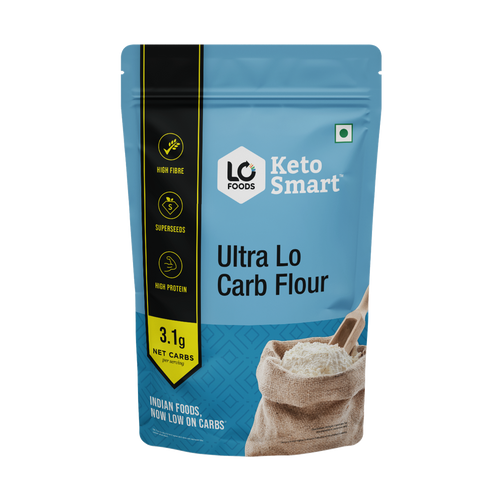
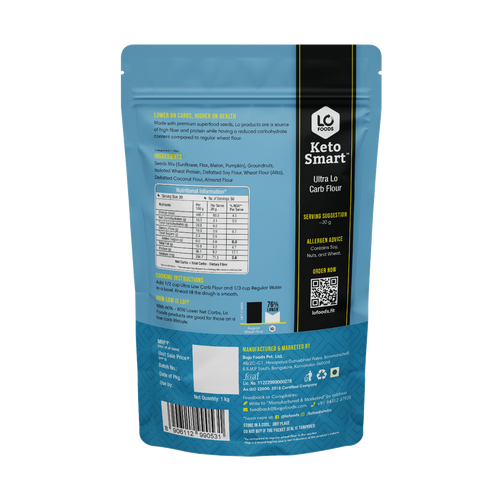
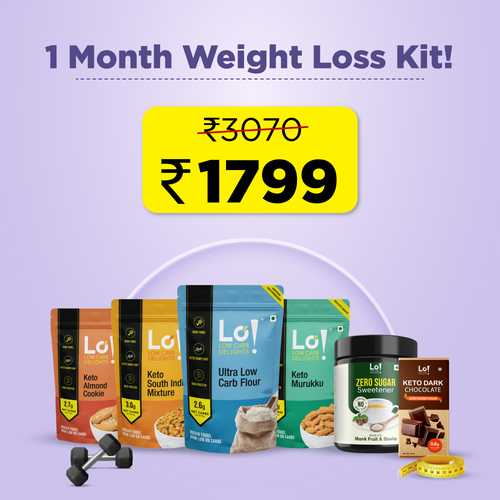
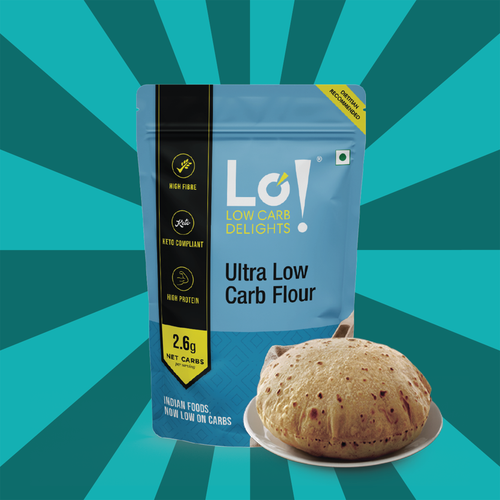


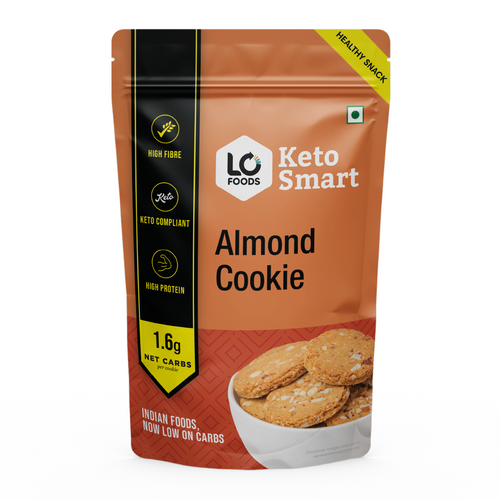





Leave a comment
Your email address will not be published.